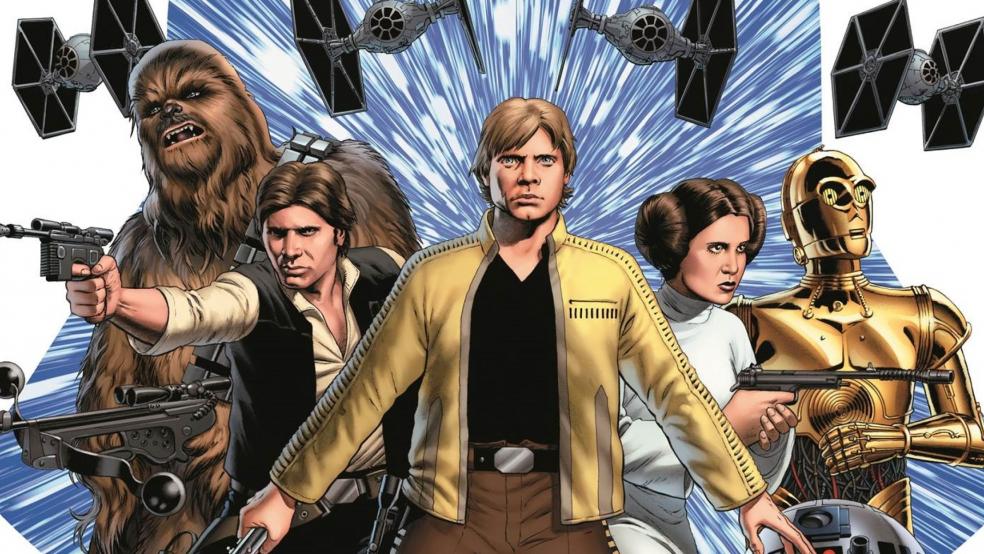In August of 2009, following the unexpectedly large success of the first Iron Man, Disney made a decision to purchase Marvel studios for roughly $4 billion dollars. At the time, it seemed like a gamble worth taking, but in hindsight, it was clearly a no brainer to buy what has traditionally been America's underdog comic book company.
Now five and a half years later with a couple of “Avengers,” “Captain Americas” and “Thors,” a couple more “Iron Mans” (Iron Men?) and a “Guardians of the Galaxy” later, it's easy to feel overwhelmed by the sheer amount of super hero content. And not just on the big screen.
Related: Star Wars: Everything You Wanted to Know but Were Afraid to Ask
Disney has obviously continued and to some improved the core business of actually producing physical comic books. The merchandising has been done with the ruthless efficiency you expect from the Mouse House, but the one area that perhaps no one saw coming was television. Both through ABC's “Agents of SHIELD” and Netflix's Daredevil and Jessica Jones, they have been able to use television to both expand their fictional universes and tell new stories in the corners of a world that viewers already know.
Running on the more family friendly ABC, “Agents of SHIELD” serves as a kind of glue, telling the story between the movies of Marvel's flagship “Avengers” franchise, filling in the gaps with interesting but not crucial information. It is an appendix. The Netflix shows, in contrast, have used the format to tell darker, more adult shows geared towards older fans. The results, for Netflix more than ABC, has been astonishingly good and critically acclaimed TV.
Which brings us to “Star Wars.” Three years after the purchase of Marvel, Disney purchased the rights to the Lucas library for roughly the same cost, and with essentially the same strategy.
While certainly different properties with different origins and (slightly) different fan bases, the similarities are obvious: Iconic characters in a fantastic world that viewers/readers already know and have been telling their own stories in for decades.
Related: Star Wars: The Rise of a Financial Empire
Much like the first “Avengers” film, “Star Wars: The Force Awakens” was a giant toe in the water to test the temperature...and in both cases the temperature was red hot. Already plans are underway for episodes VIII and IX, but also for stand-alone films featuring the iconic characters. Importantly, a film called Rogue One will feature new characters living in the “Star Wars” universe. It's not only likely that Disney will move the property onto television; it's hard "to imagine a scenario in which they wouldn't.
Of course, it should be mentioned that there has been, and still is a “Star Wars” show currently on the air. The Cartoon Network has run two different but well regarded animated series set between the first trilogy and the prequels called “The Clone Wars.” Even when the property was still in Lucas' hands, there was talk of a live action film, set amongst the bounty hunters, with a tone closer to “Game of Thrones.” This sort of talk had older fans salivating, and the rumors of its resurrection have gained steam with the recent “Star Wars” mania.
Related: Why the Massive Success of ‘Star Wars’ Will Be Terrible for Movies
Obviously, production cost will be an issue. Jessica Jones can be a superhero in New York, Boba Fett needs outer space, technology, and alien worlds, but Game of Thrones has proven that the bar for effects driven TV is lower than ever. The rewards would outweigh the risk, and in all likelihood, Disney would again take both paths, making a show for both the dark and the light side.
Given the success of Disney's multimedia strategy, it seems as if a “Star Wars” TV show is a question of "when?" not "if?"




